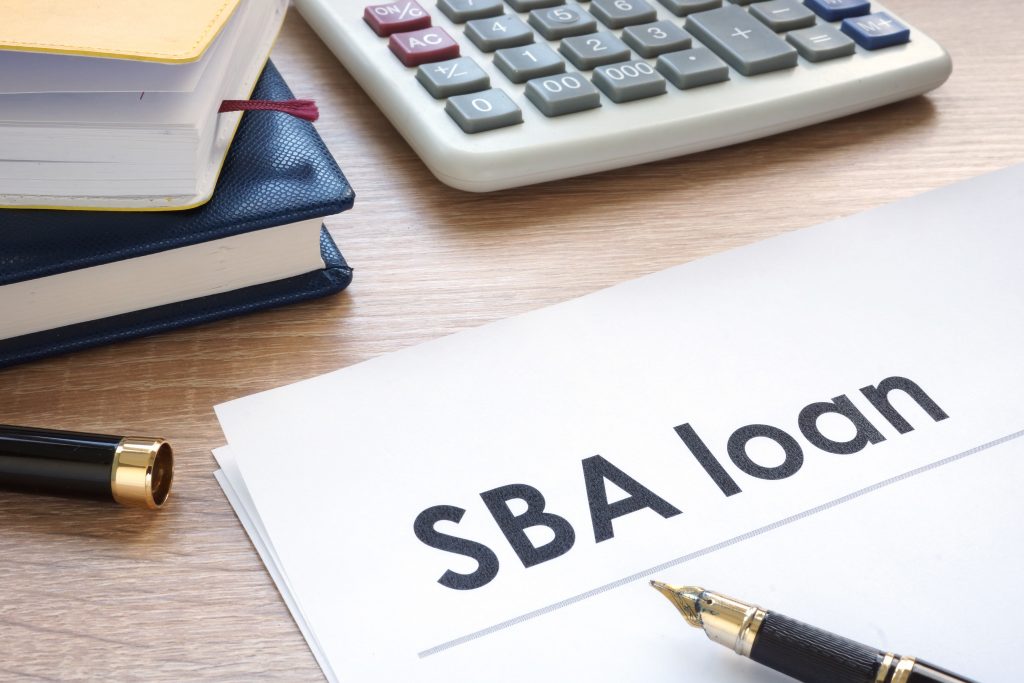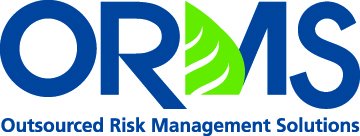New SBA SOP Raises Thresholds and Offers Clarity
Foreclosures are Rising. Is Your Environmental Risk Management Up to the Task?
October 13, 2020A Message of Thanks
November 23, 2020New SBA SOP Raises Thresholds and Offers Clarity

The Small Business Administration’s Standard Operating Procedure for Lender and Development Company Loan Programs is required reading for all lenders doing SBA 7(a) and 504 loans. It also serves as an excellent roadmap for prudent environmental and collateral due diligence for any and all types of commercial loans.
The SBA’s latest guidance, SOP 50 10 6, is in effect as of October 1, 2020 and replaces SOP 50 10 5(K). The updated SOP streamlines and reformats guidance from the previous manual and gathers all core requirements for 7(a) and 504 loan programs in one section. The document is now easier to use, with a helpful navigation pane and hyperlinks to important references and required documents throughout.
Following are some of the key changes relating to environmental and collateral due diligence requirements with which you should familiarize yourself:
- RSRA Threshold: The threshold for requiring lenders to begin their environmental due diligence process with a Records Search with Risk Assessment has increased from $150,000 to $250,000. Note that loans with a NAICS code match to an environmentally sensitive industry still require a Phase I, regardless of amount.
- Commercial Property Appraisal Threshold: In accordance with SBA Policy Notice 5000-19007, the loan size threshold for requiring an appraisal on commercial property for 7(a) and 504 loans has increased from $250,000 to $500,000.
- Appraisal Values for SBA Express: Under new guidance for SBA Express loans, lenders may now close a loan if the appraised value is less than 90% of the estimated value but must include a written justification as part of its file. The SBA may review this justification at time of guaranty purchase or lender review. The justification must include a thorough analysis of the reasons for the low appraisal and an explanation of the steps the lender took to offset the risk, such as obtaining additional equity or collateral.
- Historic Properties: The updated SOP includes a revised process for complying with Section 106 of the National Historic Preservation Act. Under the new guidance, for projects eligible to be listed on the National Register of Historic Places, borrowers can self-certify that they have no intention of altering, renovating, rehabilitating, restoring, and/or demolishing any part of the property or site.
- Lead Assessments for Child-occupied Facilities: Per the new guidance, lenders must perform additional environmental assessments for child-occupied facilities constructed prior to 1978. This assessment must include a lead risk assessment as well as lead testing of all taps and drinking fountains in accordance with EPA regulations and Housing and Urban Development (HUD) guidelines.
SBA lenders must follow SOP 50 10 6 for all 7(a) and 504 applications submitted to the SBA on or after October 1, 2020. Applications submitted prior to that date must follow the earlier guidance, SOP 50 10 5(K). Note also that any Environmental Transaction Screen, Phase I ESA or Phase II ESA issued on or after October 1, 2020 must include the latest version of the SBA Reliance Letter.
With foreclosures rising, the SOP also provides a step-by-step process for liquidation, and serves as a template for prudent environmental due diligence on any, even non-SBA, deals.
If you are active in SBA lending, we recommend reading through the entire 590-page SOP for further details. As always, if you have any questions, don’t hesitate to reach out to your risk management experts at ORMS for assistance. We are here to help!
